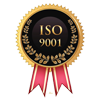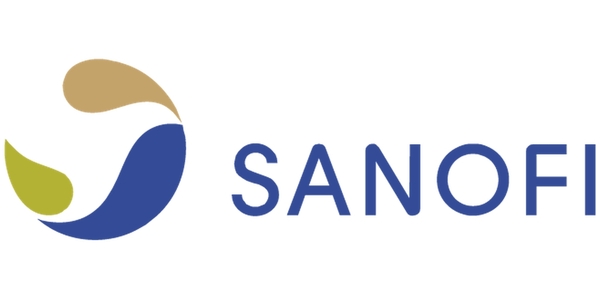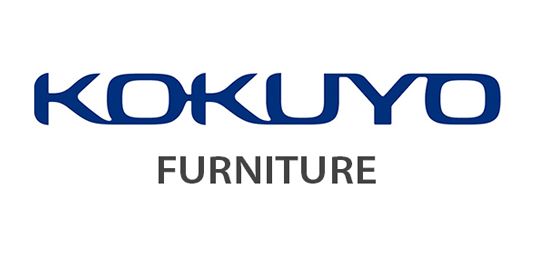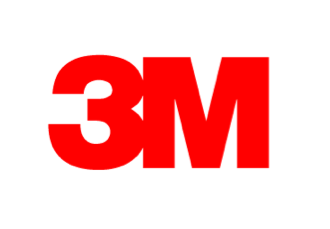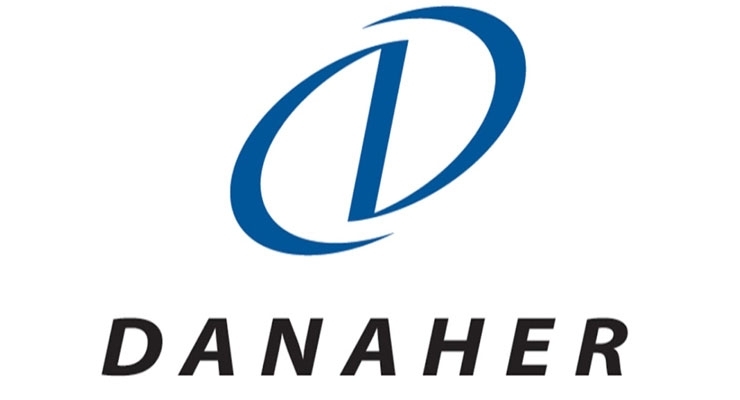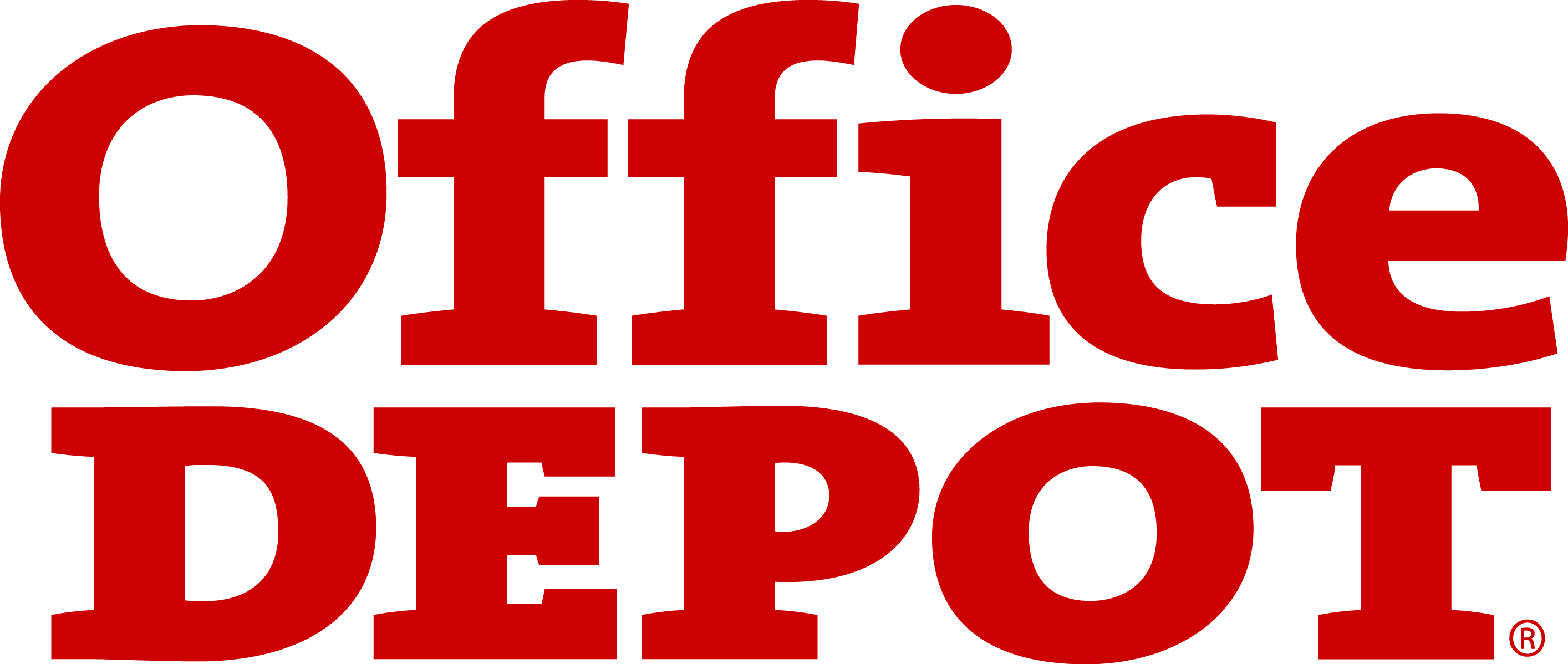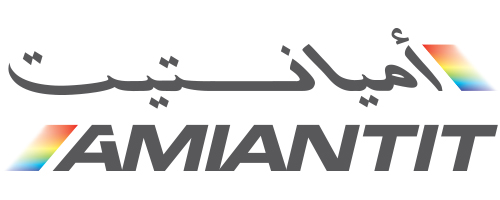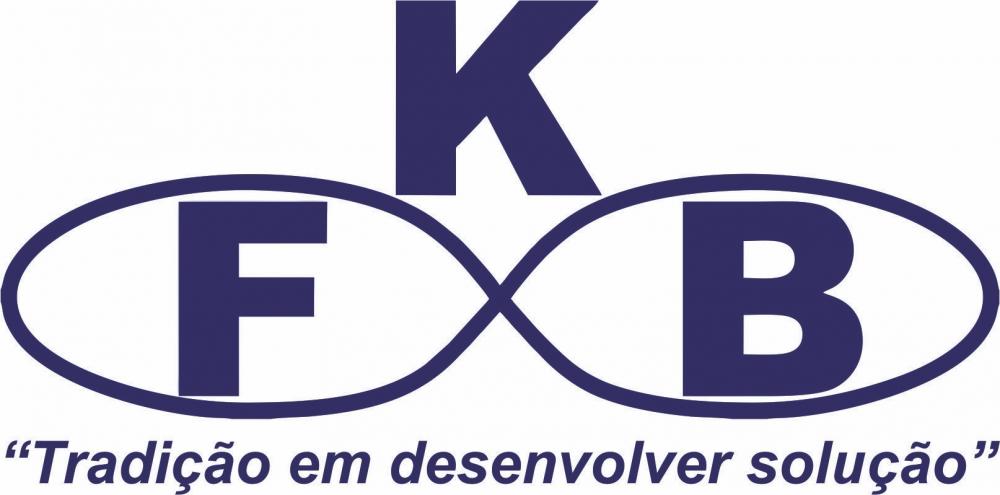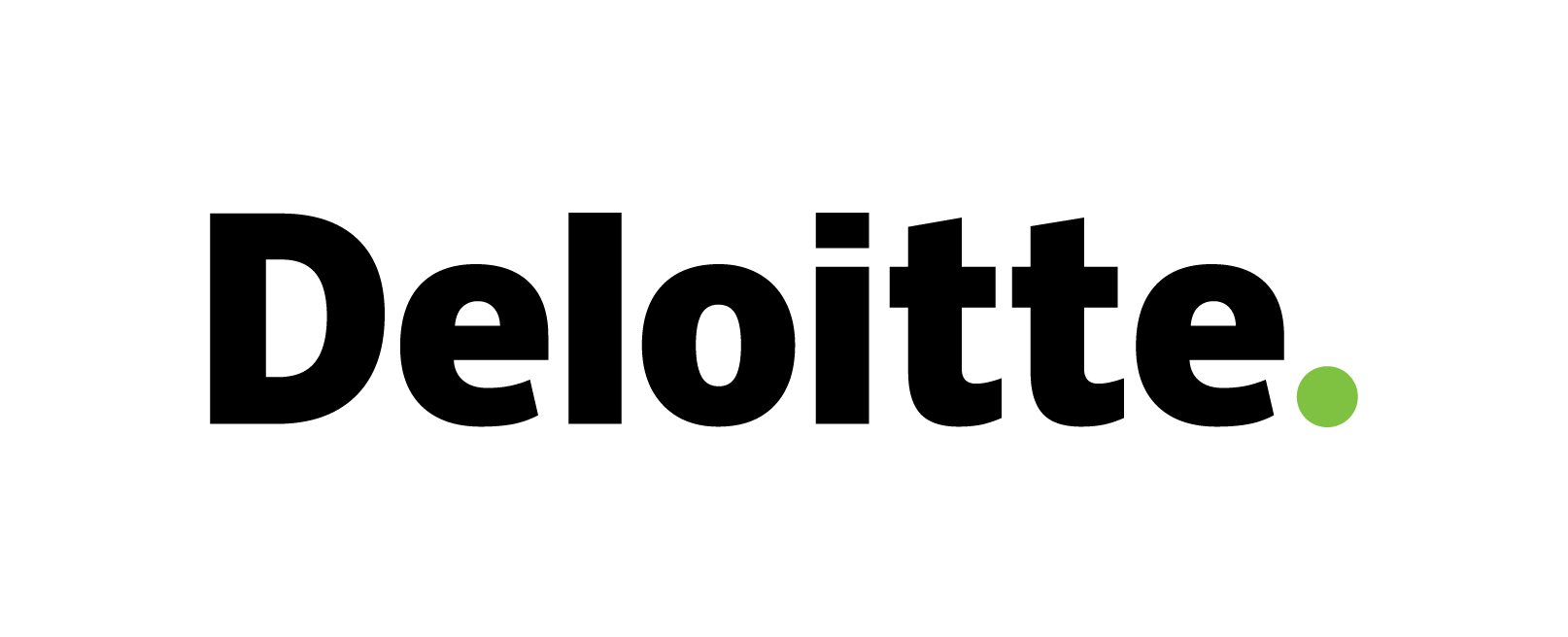Women Apparel Market
Women Apparel Market Trends, Opportunity, and Forecast Analysis, 2024-2033
Women Apparel market revenue to generate USD 1372.6 Billion by 2033, according to KDMI analyst’s growth analysis. The market is segmented by Type, Category, Season, Distribution Channel, Demographic, price, and by Region.
Women Apparel Market Size Survey Report – In a Glance
As per the survey report on global Women Apparel market, the market is projected to foresee a CAGR of 3.7% between 2024-2033, and further generate a market size of USD 1372.6 billion by the end of 2033. In the year 2024, the market size was valued at USD 1011.2 billion.
- The global Women Apparel market is projected to grow on account of the rapid growth due to emerging fashion trends.
- In Japan, the Women Apparel market growth can be attributed to the rising consciousness among individuals about their physical appearances.
- KDMI analyst’s growth analysis foresees the fluctuating costs of raw materials to challenge the market growth.
- Asia Pacific, having the highest market share in the women apparel market is projected to dominate the global market.
Women Apparel Market Analysis
Analyst’s Observation on Women Apparel Market Survey
Women's Apparel is clothing made specifically for and worn by women, it is used for reasons such as protection, maintaining modesty, furnishing adornment, and fixing status. The Women's Apparel market is a vigorous and vibrant sector within the global fashion industry, including a diverse range of clothing. It is manufactured in various designs, colors, and sizes using comfortable fabrics, such as cotton, rayon, wool, denim, and others. Women's Apparel Market is experiencing rapid growth due to emerging fashion trends. In the United States, domestic expenditure on women's apparel averaged USD 655, compared with USD 406 for men's apparel in 2023. Revenue generated from the women’s apparel market is much higher than that of men's or children’s apparel. Adidas AG, Burberry Group Plc, and Dolce & Gabbana are some of the significant parties in the global market for Women Apparel.
Analyst’s Observation on Japan Women Apparel Market Survey
In Japan, the market growth for Women Apparel can be attributed to the rising consciousness among individuals about their physical appearances. Japanese believe that clothing and dressing sense imitate personal style and comfort, which significantly influences first impressions and confidence. Traditional Japanese fashion basics have always been a foundation of motivation for fashion designers. Their works symbolize a collective impact on the global fashion industry, with many sections displayed at fashion shows all over the world. Japanese women's clothes are a unique blend of style and culture. Women's apparel has grown rapidly in the last decade and has become one of the most powerful apparel sectors with the largest export in the clothing industry. Yohji Yamamoto, Uniqlo, and A Bathing Ape are some of the significant parties in the market for Women Apparel in Japan.
|
Women Apparel Market: Report Scope |
|
|
Base Year |
2023 |
|
Estimated Market Size |
USD 1011.2 Billion in 2024 |
|
Forecast Year |
2024-2033 |
|
Projected Market Size |
USD 1372.6 Billion in 2033 |
|
CAGR Value |
3.7% |
|
Women Apparel Market Key Trends/Major Growth Drivers |
|
|
Restraint Factors |
|
|
Women Apparel Market Segmentation |
|
|
Women Apparel Market Key Players |
|
Women Apparel Market Growth Drivers and Challenges
Growth Drivers
Demand for unique and fashionable clothing: The Women Apparel market is experiencing a significant transformation as customers increasingly pursue unique and fashionable clothing that reflects their unique individualities. This shift is driven by changing consumer preferences and the desire for individuality in fashion. Brands are continuously working on women's clothing innovations to provide distinctive outfits to their customers. The Women Apparel section in the clothing industry is now more competitive than ever. Companies are concentrating on improving the buyer experience by investing in technology to make more attractive women's apparel. Over the 5 years to 2023, the Women's Fashion Industry has seen significant growth and has contributed a lot, globally, the women's fashion industry is expected to grow to almost 7 % by 2025. This growth is attributed to, an increase in fashion trends in women's apparel.
Sustainable and Ethical fashion: Growing awareness about environmental issues and ethical concerns drives demand for sustainable and ethically made women’s apparel. Due to increasing environmental degradation, experts from the fashion industry are progressively developing themselves as consumers become more environmentally conscious and look for new ways to remain fashionable. Industries are offering take-back programs to recycle old clothing into new garments. Sustainable fashion brands are known for their traditional, durable, and high-quality pieces. Apparel quality is emphasized by sustainable brands, which use long-lasting materials and textures while still being environmentally friendly. Eco-Age organization helps clothing businesses to build a sustainability strategy, it helps brands lower their impact on people and the planet. Eco-Age has developed a major authority on sustainability in the fashion industry.
Restraint factors
The fluctuating costs of raw materials: Variability in prices of raw materials such as cotton, wool, silk, nylon, flax, and polyester can affect the pricing of women’s clothing at large-scale manufacturing levels. Accordingly, manufacturers face serious challenges in balancing cost burdens and low pricing strategies while maintaining the quality of garments, and this situation further affects the Women Apparel market growth.
Regulatory Compliance: Meeting the terms of regulations, such as environmental and labor standards, is challenging for the apparel industry. Noting these rules brands are required to invest in sustainable procedures and clear supply networks. Non-compliance can result in penalties, legal issues, and damage to brand reputation thereby restricting the Women Apparel market growth.
Women Apparel Market Segmentation
Our experts at KD Market Insights have segmented the global Women Apparel market research report as:
|
By Type |
|
|
By Category |
|
|
By Season |
|
|
By Distribution Channel |
|
|
By Demographic |
|
|
By Price |
|
|
By Region |
|
Women Apparel Market Regional Synopsis
Asia Pacific having the highest market share in Women Apparel market is majorly driven by e-commerce platforms and digital technologies. The increase in e-commerce platforms and digital technologies has transformed the retail landscape of women Apparel market. Online shopping seems more convenient for customers which offers features such as personalized recommendations and virtual try-ons and also provides many payment options, which has driven the growth of online sales in the women's apparel market in the Asia Pacific region. In this region, traditional attire such as sarees in India, Kimono in Japan, cheongsams in China, and hanboks in South Korea carry on to hold cultural importance and sales largely because often worn during special festivals, occasions, and celebrations. China plays a significant role in international trade, it is the largest exporter of women's apparel worldwide. In Australia, Online sales channels are continuously growing, and by 2026 online stores are expected to grow by 46% of all apparel sales, but the women’s apparel segment will be prominent in online sales among all categories.
North America growing with fastest CAGR in the Women Apparel market is majorly driven by an increase in the adoption of international fashion styles among consumers. The effect of Western fashion styles, combined with growing globalization and connectivity via social media and e-commerce, has led to greater awareness and adoption of international fashion styles among consumers in North America. This influence drives the demand for Western-inspired clothing and contributes to the growth of the women's apparel market. The women’s clothing market is supposed to generate the highest revenue in the United States of America, reaching USD 191 billion by 2024. In Canada within the apparel sector, the women's garment section has been very notable with a consistent annual growth rate of 1.2 percent over the last 4 years.
Europe's women's apparel market is a vibrant and miscellaneous landscape shaped by culture, history, and fashion. This market reflects a mixture of traditional craftsmanship and modern design, with an attention on quality, luxury, and sustainability.
Latin America, has a significant rise in demand for women's apparel due to growing disposable incomes and urbanization, as more women enter the workforce and gain financial independence, there is an increasing requirement for women's apparel.
Dress in the Middle East reflects a woman’s religious beliefs, traditions, and heritage along with her fashion trends. In places like Kuwait, there is no dress code, and most women dress in Western clothes therefore women's apparel is demanding and expected to grow in the future. Nigeria, the heartbeat of Africa, creates a vibrant market for well-known women's apparel brands and emerging designers.
As per our analysts at KD Market Insights, the following five players lead Asia pacific having the highest market share in Women Apparel market growth:
- Adidas
- Nike
- Tanoa Hawaii
- H&M
- Levis
Women Apparel Market Competitive Landscape
Some of the key players who top the global Women Apparel market share:
- Adidas AG
- Burberry Group Plc
- Dolce & Gabbana
- Forever21
- Giorgio Armani S.p.A
- Industria de Diseño Textil, S.A.
- Kering
- L Brands Inc.
- LVMH
- PVH Corp.
- Executive Summary
- Market Overview
- Key Findings
- Market Trends
- Market Outlook
- Introduction
- Scope of the Report
- Research Methodology
- Definitions and Assumptions
- Acronyms and Abbreviations
- Market Dynamics
- Drivers
- Restraints
- Opportunities
- Challenges
- Global Women Apparel Market
- Market Overview
- Market Size and Forecast
- Market Segmentation
- By Type
- By Category
- By Season
- By Distribution channel
- By Demographic
- By Price
- By Region
- Market Segmentation by Type
- Casual Wear
- Formal Wear
- Sports Wear
- Night Wear
- Inner Wear
- Ethnic Wear
- Others
- Market Segmentation by Category
- Mass
- Premium
- Luxury
- Others
- Market Segmentation by Season
- Summer Wear
- Winter Wear
- All Season Wear
- Others
- Market Segmentation by Distribution Channel
- Supermarkets and Hypermarkets
- Exclusive Stores
- Multi-Brand Retail Outlets
- Online Stores
- Others
- Market Segmentation by Demographic
- 18 to 25
- 26 to 35
- 36 to 45
- 46 to 55
- 56 to 65
- 66 and above
- Others
- Market Segmentation by Price
- Economy
- Mid
- Premium
- Super Premium
- Others
- Regional Analysis
- North America
- United States
- Market Size and Forecast
- Key Trends and Developments
- Market Analysis by Type, Category, Season, Distribution Channel, Demographic and Price
- Canada
- Market Size and Forecast
- Key Trends and Developments
- Market Analysis by Type, Category, Season, Distribution Channel, Demographic and Price
- Mexico
- Market Size and Forecast
- Key Trends and Developments
- Market Analysis by Type, Category, Season, Distribution Channel, Demographic and Price
- United States
- Europe
- United Kingdom
- Market Size and Forecast
- Key Trends and Developments
- Market Analysis by Type, Category, Season, Distribution Channel, Demographic and Price
- Germany
- Market Size and Forecast
- Key Trends and Developments
- Market Analysis by Type, Category, Season, Distribution Channel, Demographic and Price
- France
- Market Size and Forecast
- Key Trends and Developments
- Market Analysis by Type, Category, Season, Distribution Channel, Demographic and Price
- Italy
- Market Size and Forecast
- Key Trends and Developments
- Market Analysis by Type, Category, Season, Distribution Channel, Demographic and Price
- Spain
- Market Size and Forecast
- Key Trends and Developments
- Market Analysis by Type, Category, Season, Distribution Channel, Demographic and Price
- Rest of Europe
- Market Size and Forecast
- Key Trends and Developments
- Market Analysis by Type, Category, Season, Distribution Channel, Demographic and Price
- United Kingdom
- Asia Pacific
- China
- Market Size and Forecast
- Key Trends and Developments
- Market Analysis by Type, Category, Season, Distribution Channel, Demographic and Price
- Japan
- Market Size and Forecast
- Key Trends and Developments
- Market Analysis by Type, Category, Season, Distribution Channel, Demographic and Price
- India
- Market Size and Forecast
- Key Trends and Developments
- Market Analysis by Type, Category, Season, Distribution Channel, Demographic and Price
- Australia
- Market Size and Forecast
- Key Trends and Developments
- Market Analysis by Type, Category, Season, Distribution Channel, Demographic and Price
- South Korea
- Market Size and Forecast
- Key Trends and Developments
- Market Analysis by Type, Category, Season, Distribution Channel, Demographic and Price
- Rest of Asia Pacific
- Market Size and Forecast
- Key Trends and Developments
- Market Analysis by Type, Category, Season, Distribution Channel, Demographic and Price
- China
- Latin America
- Brazil
- Market Size and Forecast
- Key Trends and Developments
- Market Analysis by Type, Category, Season, Distribution Channel, Demographic and Price
- Argentina
- Market Size and Forecast
- Key Trends and Developments
- Market Analysis by Type, Category, Season, Distribution Channel, Demographic and Price
- Colombia
- Market Size and Forecast
- Key Trends and Developments
- Market Analysis by Type, Category, Season, Distribution Channel, Demographic and Price
- Rest of Latin America
- Market Size and Forecast
- Key Trends and Developments
- Market Analysis by Type, Category, Season, Distribution Channel, Demographic and Price
- Brazil
- Middle East & Africa
- South Africa
- Market Size and Forecast
- Key Trends and Developments
- Market Analysis by Type, Category, Season, Distribution Channel, Demographic and Price
- Saudi Arabia
- Market Size and Forecast
- Key Trends and Developments
- Market Analysis by Type, Category, Season, Distribution Channel, Demographic and Price
- UAE
- Market Size and Forecast
- Key Trends and Developments
- Market Analysis by Type, Category, Season, Distribution Channel, Demographic and Price
- Rest of Middle East & Africa
- Market Size and Forecast
- Key Trends and Developments
- Market Analysis by Type, Category, Season, Distribution Channel, Demographic and Price
- South Africa
- North America
- Competitive Landscape
- Market Share Analysis
- Company Profiles
- Adidas AG
- Burberry Group Plc
- Dolce & Gabbana
- Forever21
- Giorgio Armani S.p.A
- Industria de Diseño Textil, S.A.
- Kering
- L Brands Inc.
- LVMH
- PVH Corp.
- Strategic Recommendations
- Appendix
- List of Tables
- List of Figures
- References

Need Customized Report for Your Business ?
Utilize the Power of Customized Research Aligned with Your Business Goals
Request for Customized Report- Quick Contact -
- ISO Certified Logo -

